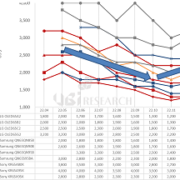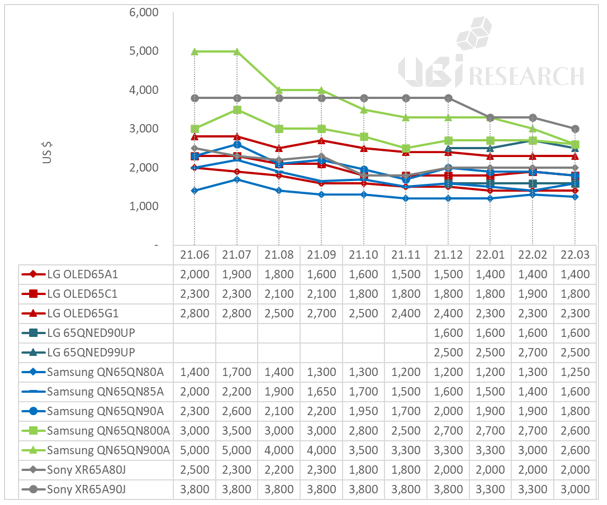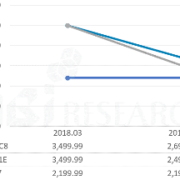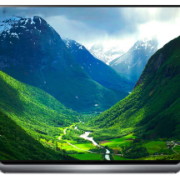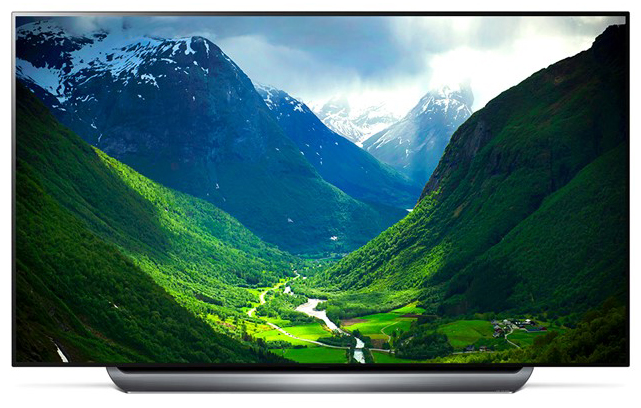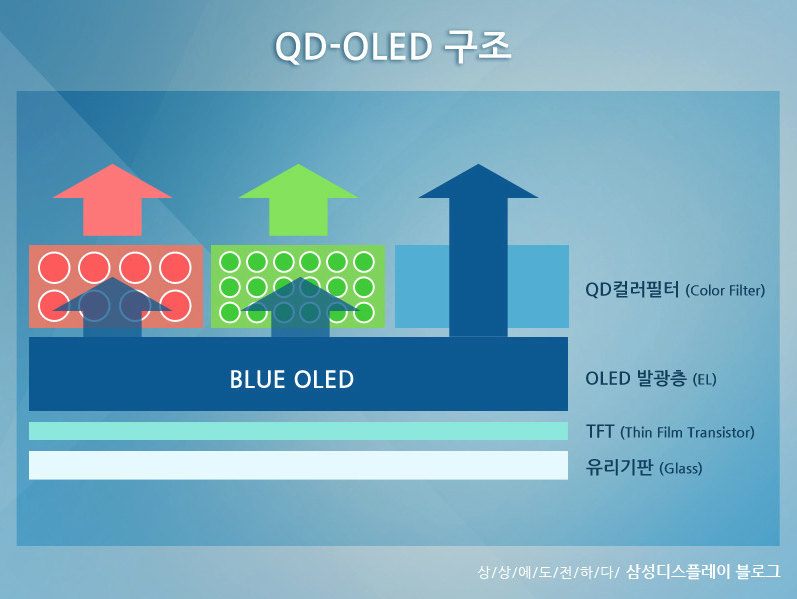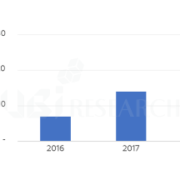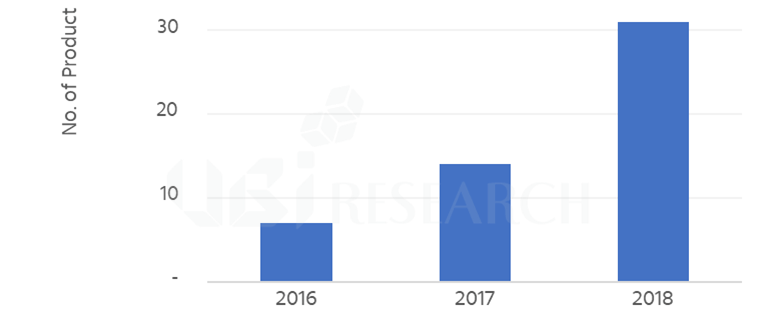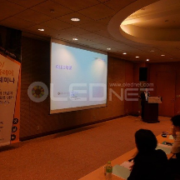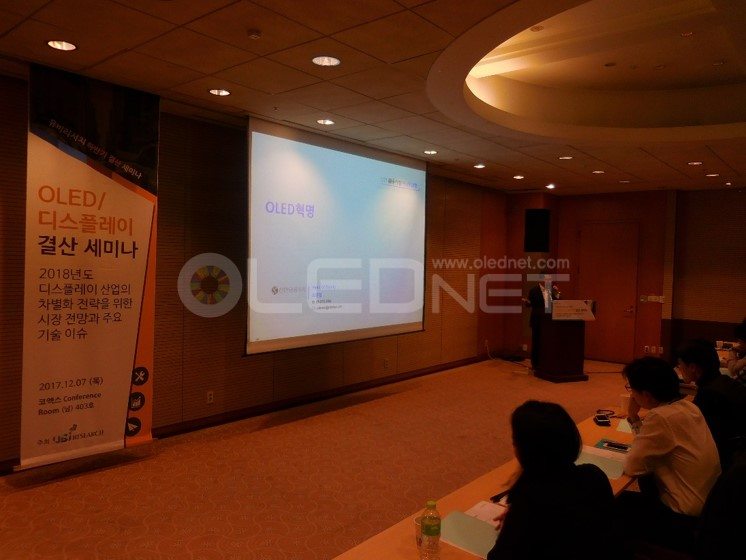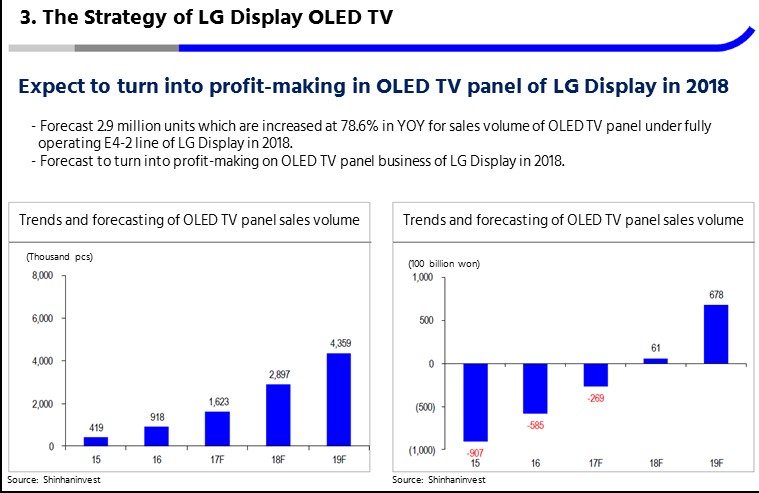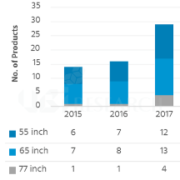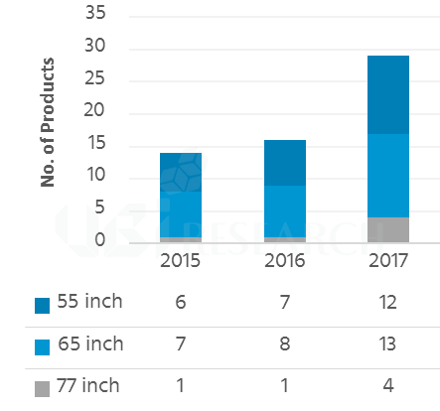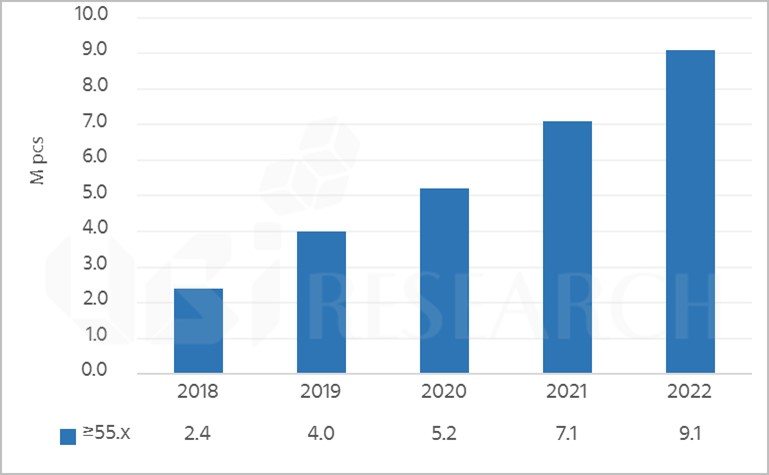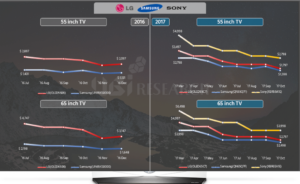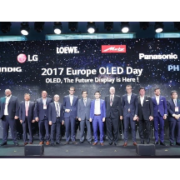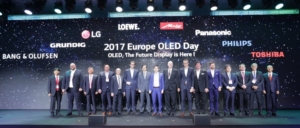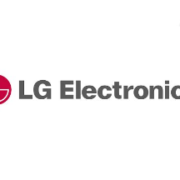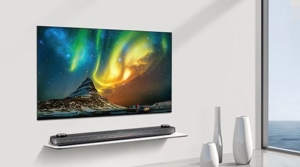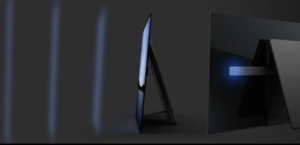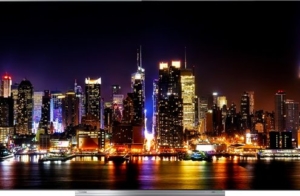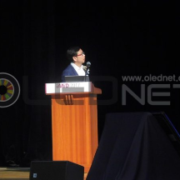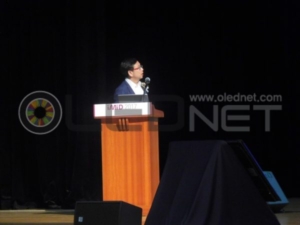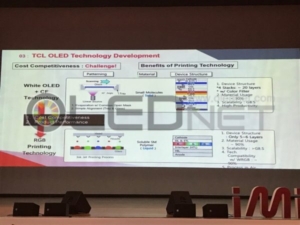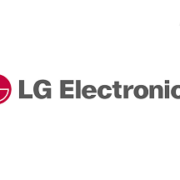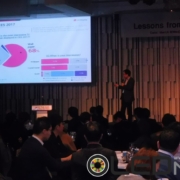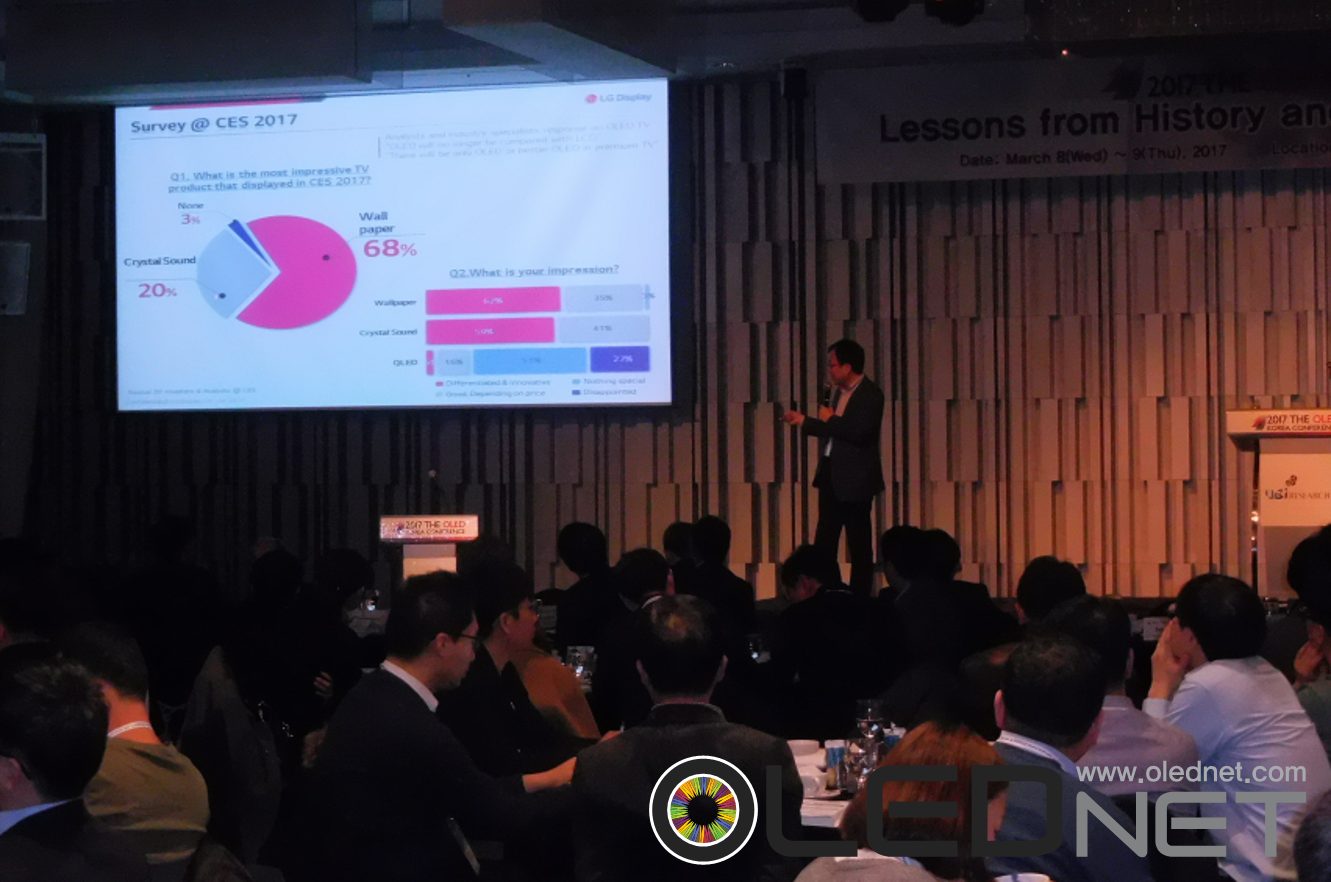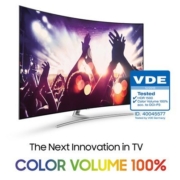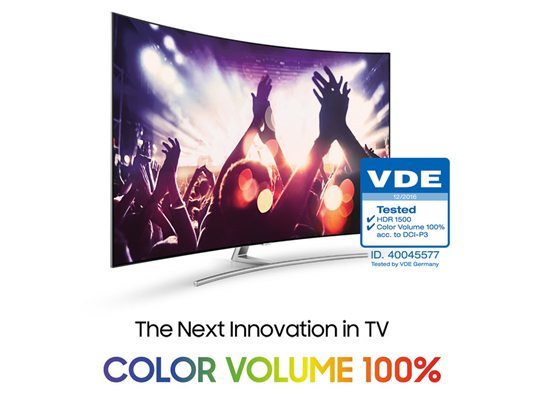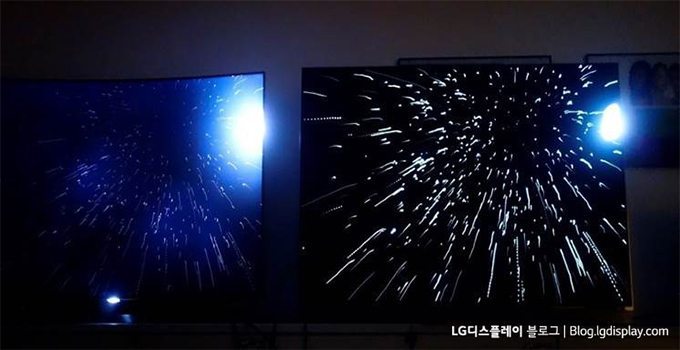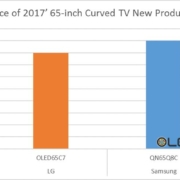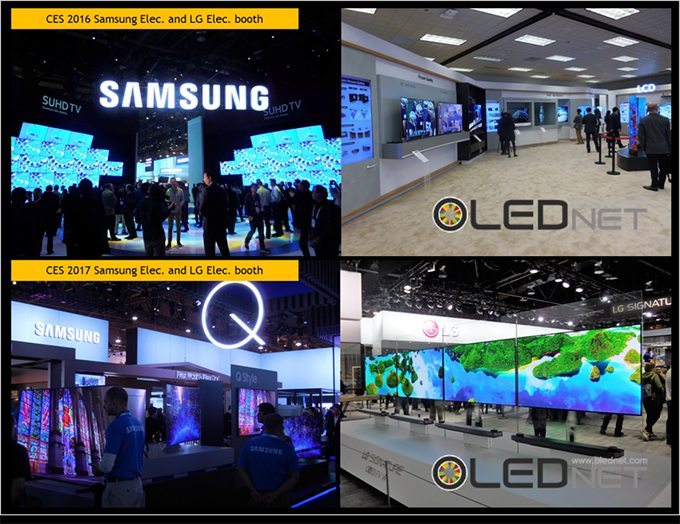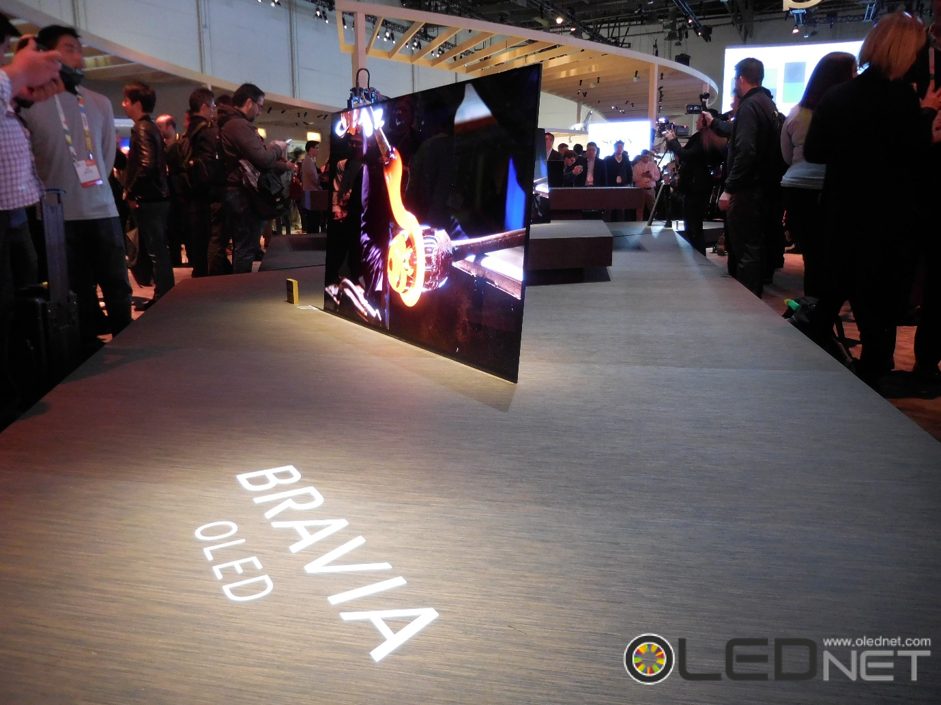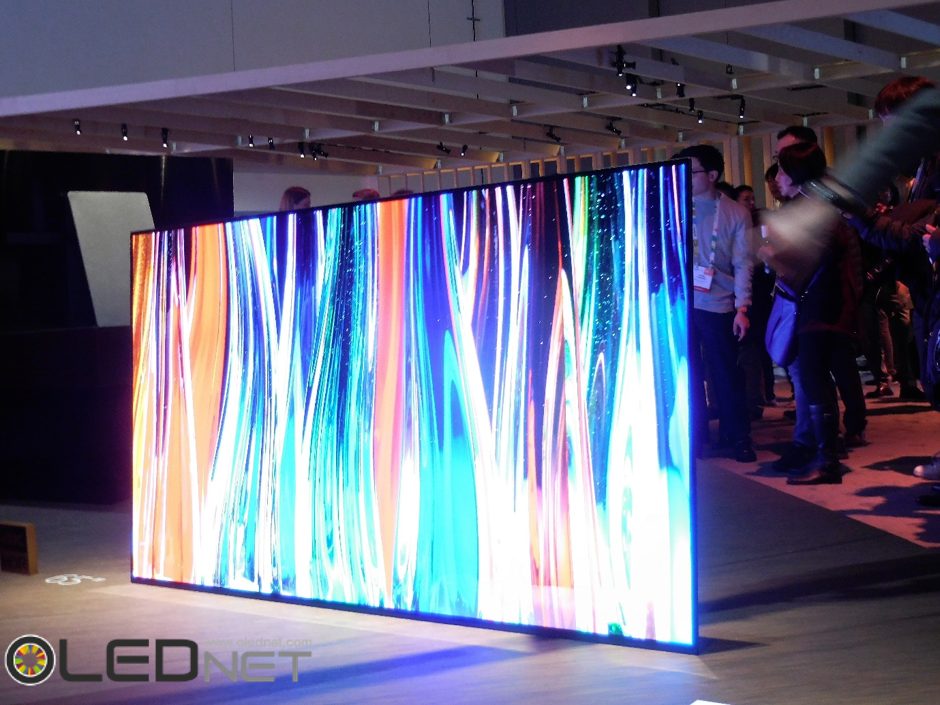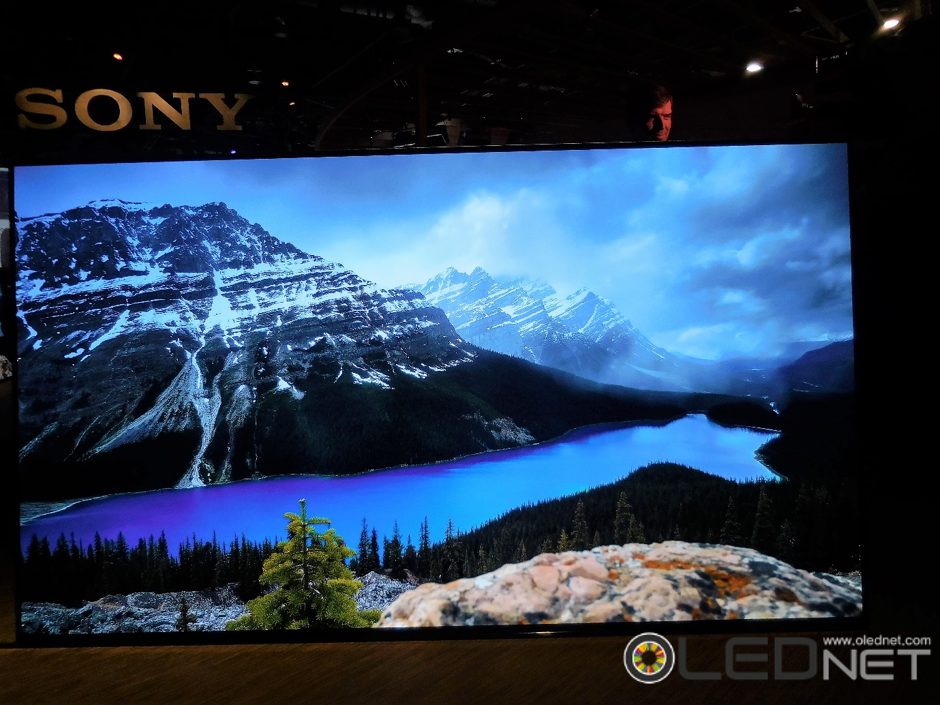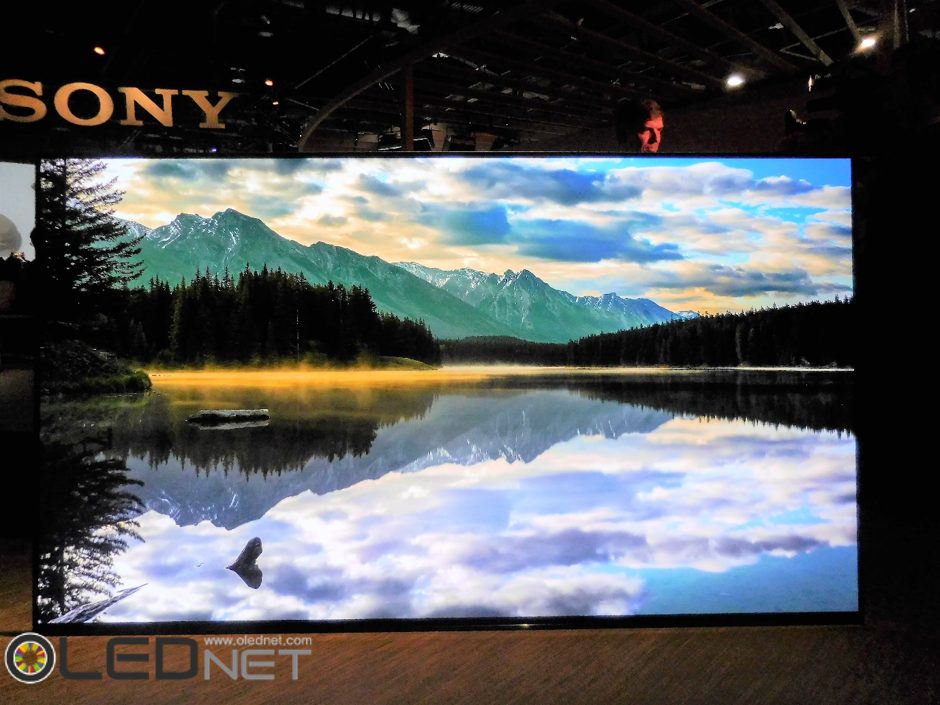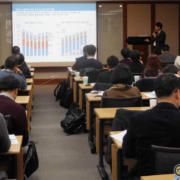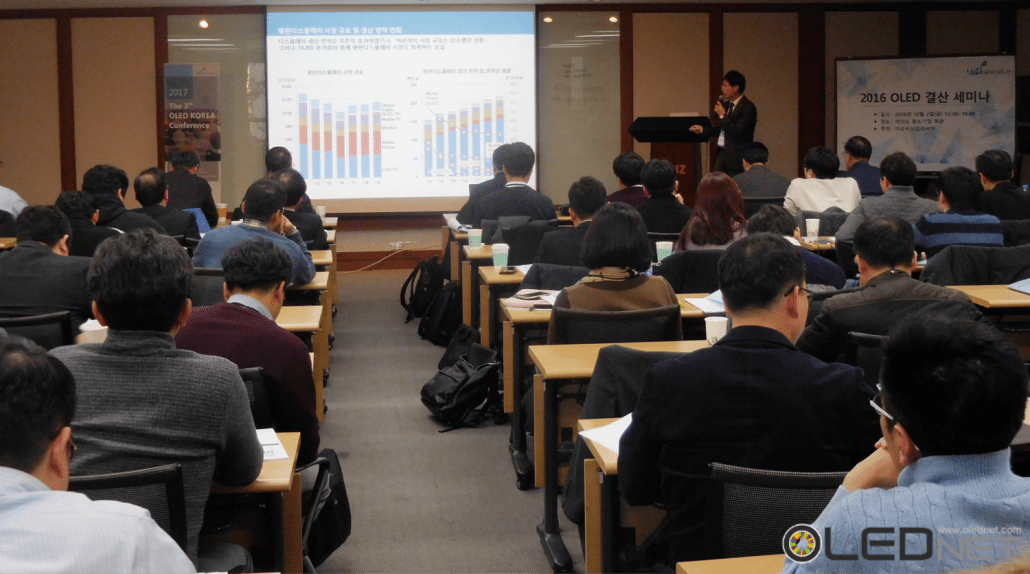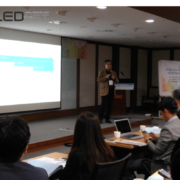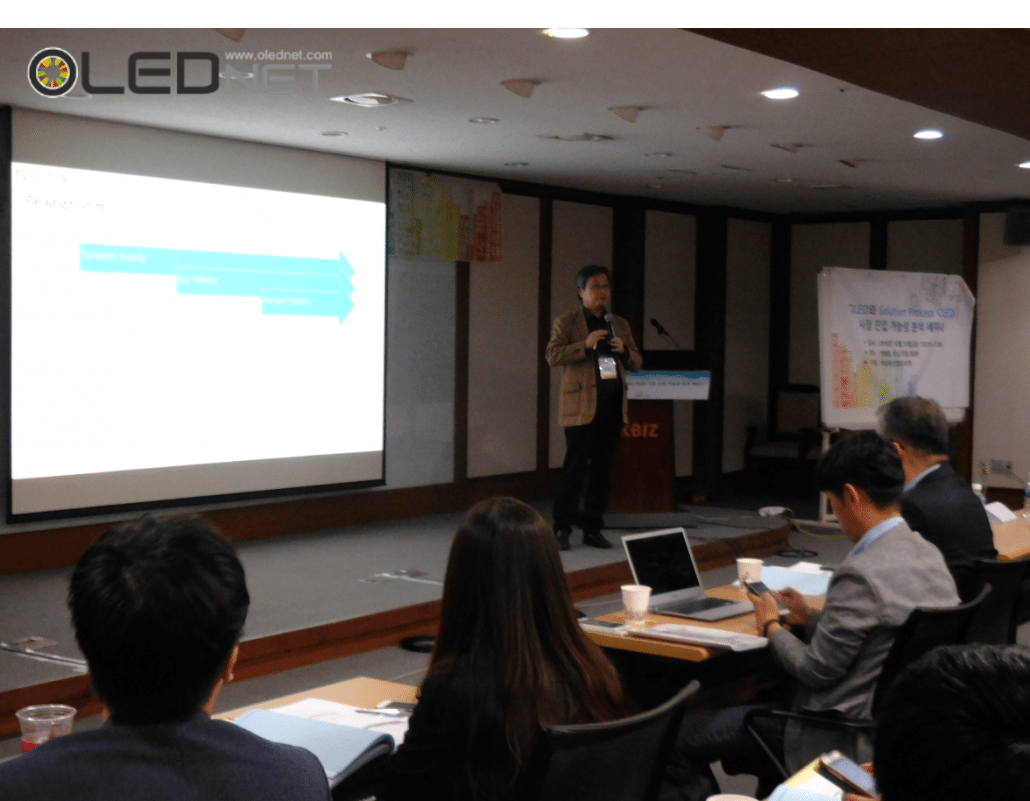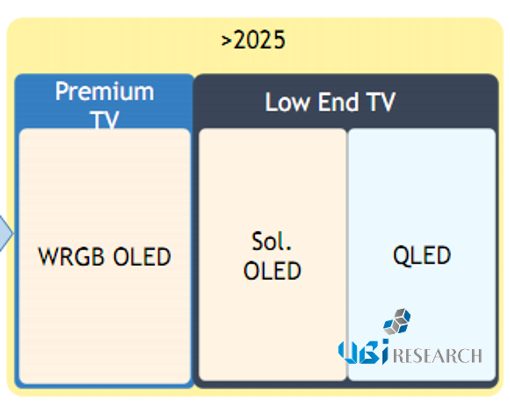Black Friday Ends, Some Premium TV Prices Begin to Recover

Premium TV prices
According to information confirmed on December 1st, Samsung Electronics and Sony’s premium TV product prices have mostly recovered from the price drop between October and November due to Black Friday and the World Cup in Qatar. This is the first time that prices have recovered as a whole in the premium TV market in 2022. LG Electronics’ OLED TVs generally maintained their prices and some products recovered their prices.
Samsung Electronics’ Neo QLED products have recovered at least $100 to the maximum of $500, reaching the price range in October. However, the price of the 65-inch and 75-inch Neo QLED Q85B entry-level model and the Q95B high-end model maintained the previously reduced price. The reason for maintaining the price is that Samsung’s marketing point is to maintain the sales volume of the popular Neo QLED TV product line. Samsung’s QD-OLED TV, S95B, recovered the price by $250 for 55 inches and by $200 for 65 inches.
Sony’s products increased in price for all products except for 8K high-end products. The price of X95K, a Mini LED TV model, increased by an average of $233, and WOLED TVs, A80K and A90K, recovered from a minimum of $100 to a maximum of $300. The price of A95K, a QD-OLED TV that receives panels from Samsung Display, increased by $300 for 55 inches and $200 for 65 inches.
Unlike Samsung Electronics and Sony, LG Electronics’ OLED TV products mostly maintained their price range between October and November. The price of the overall OLED TV products was the same as in November, but the price of the low-end OLED TV model A2 series 65 inches rose by $100, the mid-range OLED TV model C2 series 42 inches by $100, 77 inches by $200, and 83 inches by $500. The high-end model, the G2 series 77-inch price rose by $200.
In the 55-inch and 65-inch markets, most of LG Electronics’ products maintained their prices, while Samsung Electronics mostly recovered their prices. Attention is focusing on how Samsung Electronics will respond to LG Electronics’ OLED TVs, which are competitive by maintaining lower prices.


